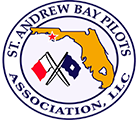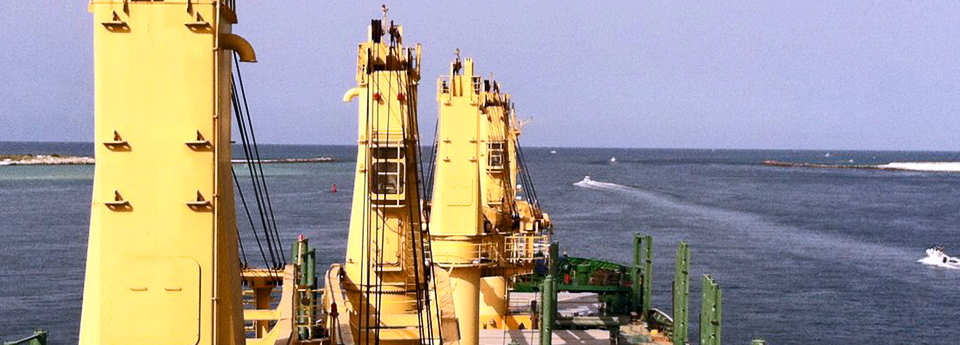- Large and/or deep draft vessels bound for Port Panama City West Berth(s) will be docked at the high or low water slack time of the tide, depending on the draft of the vessel. These vessels will be required to have additional tugs, if needed, so as to have the required minimum 3600 horsepower forward and aft on the vessel being docked.
- Large, deep draft and/or vessels with large sail areas docking or undocking at Port Panama City West or East Terminals may require additional tug assistance, delay in boarding or sailing as well as possible berth reassignment during strong current periods and/or when winds are 20 knots or more.
- Restrictions on vessel movements within the Port will be based on the prevailing conditions and the circumstances of the case with consideration for the safety of the vessel, facility and the environment.
- Vessels arriving or departing Port Panama City West Berths, that exceed 500′ LOA and a combined beams width that exceeds 160 feet and a draft of more than 25 feet, should not attempt to go around another vessel in these berths. In the event that such a maneuver is to be performed with a vessel within the referenced LOA, combined beams width and draft, a minimum of two (2) assist tugs will be used. Larger vessels may need to be equipped with adequate bow and/or stern thrusters. Any maneuvers under this provision will be at the discretion of the pilot performing the service with consideration for the prevailing conditions, vessels and circumstances at the time.
- Vessels maneuvering north of Audubon Island at Port Panama City shall not exceed 16 feet of draft, at or near highwater.
- Outbound Large Deep Draft Bulk Vessels may need to depart at near the predicted/published high or low water stage of the tide for the Entrance Channel. This is due to the strong crosscurrent and set on Range “B” while approaching buoys 15 and 16, combined with the outbound turn into the channel at buoys 13 and 14.
RESTRICTED VISIBILITY
In times of reduced visibility, vessels should not get underway with less than 2 miles of clear visibility in all sections of the port area or if conditions are expected to deteriorate further.
In the event of deteriorated visibility while underway, vessel speed should be reduced to the minimum needed for steerage and if deemed necessary, safe anchorage found outside of the channel.
All other relevant factors will be taken into consideration before moving vessels under these conditions, including vessel size, draft, condition, navigation equipment, field of vision, type of cargo, channel conditions and other vessel traffic within the port.

